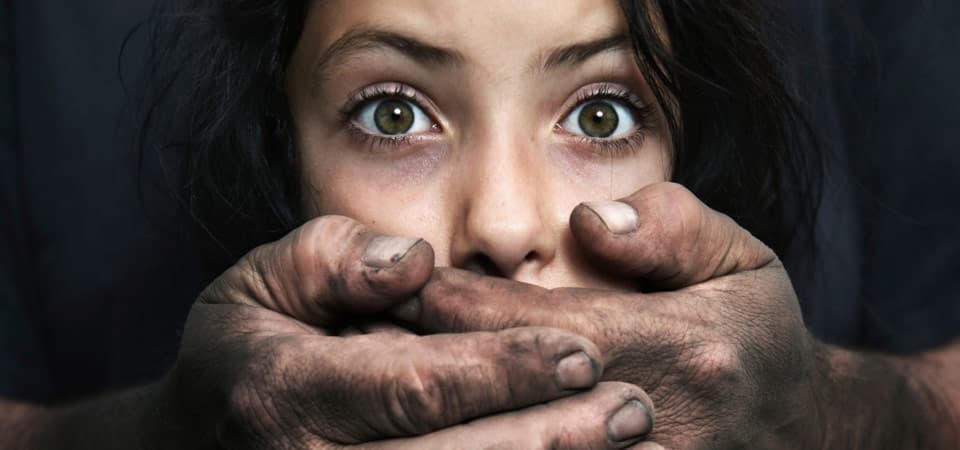“How we are introduced to the world is how we are introduced to ourselves. If the world we are living in is highly chaotic or neglectful, unloving, or otherwise harmful or unstable, then we tend to turn that inward.” -Ally Jamieson, MSW
Trauma can occur at any point in an individual’s life, but as Ally Jamieson, MSW suggests, trauma experienced during adulthood and trauma experienced during childhood are generally interpreted and dealt with in different ways. In our latest Voices of Family Podcast, entitled Developmental Trauma: The Science Behind Supporting Children&Youth, we speak to Ally whose academic focus on the relation between trauma and brain development places her at the forefront of expertise on this issue.
As Ally discusses in the podcast, the primary difference between how children and adults frame traumatic experiences in their mind is that adults are able to draw from previous experiences in order to make sense of the traumatic event that took place, while children are not. Adults already have the developmental circuitry in place to make sense of a situation. They have a pre-defined reality.
Children, on the other hand, do not. Children’s brains are structurally and functionally different to adults’. They experience trauma as relational distress that is ongoing in nature and if multiple traumatic events occur over the course of their childhood years, it becomes their own personal reality. They have no reference point from which to examine these negative events and subsequently work through them.
Continual traumatic experiences are tied to what is termed the Hypothalamic Pituitary Adrenal axis or the HPA for short. The HPA axis is the primary stress response system of the body. Every time an individual goes through a stressful, traumatic event, the HPA axis releases hormones into the bloodstream that are associated with the “Fight or Flight” stress response. These hormones include, but are not limited to, cortisol, epinephrine, norepinephrine, etc. If these hormones are released often, and on a long-term basis, they can compromise the capacity of certain brain structures to develop.
But, according to Ally, it isn’t all bad news; in fact, the brain is quite remarkably resilient. By utilizing the techniques that Ally outlines in the podcast, it is possible for professionals working with children and youth who have experienced developmental trauma to teach them how to live a mindful lifestyle while being able to self-regulate their emotional responses.
Adverse experiences can affect brain structure and genetic expression, but so can positive experiences! Replacing negative experiences with positive ones can help to catalyze the healing process in youth who have dealt with developmental trauma.
~~~~~~~~~~~~~~~~~~~~~~~~~~~~
Article courtesy bccf.ca
By: by Cara Hykawy
Communications Assistant

